Home>Gardening & Outdoor>Outdoor Recreation & Activities>How To Clean A Swimming Pool Liner
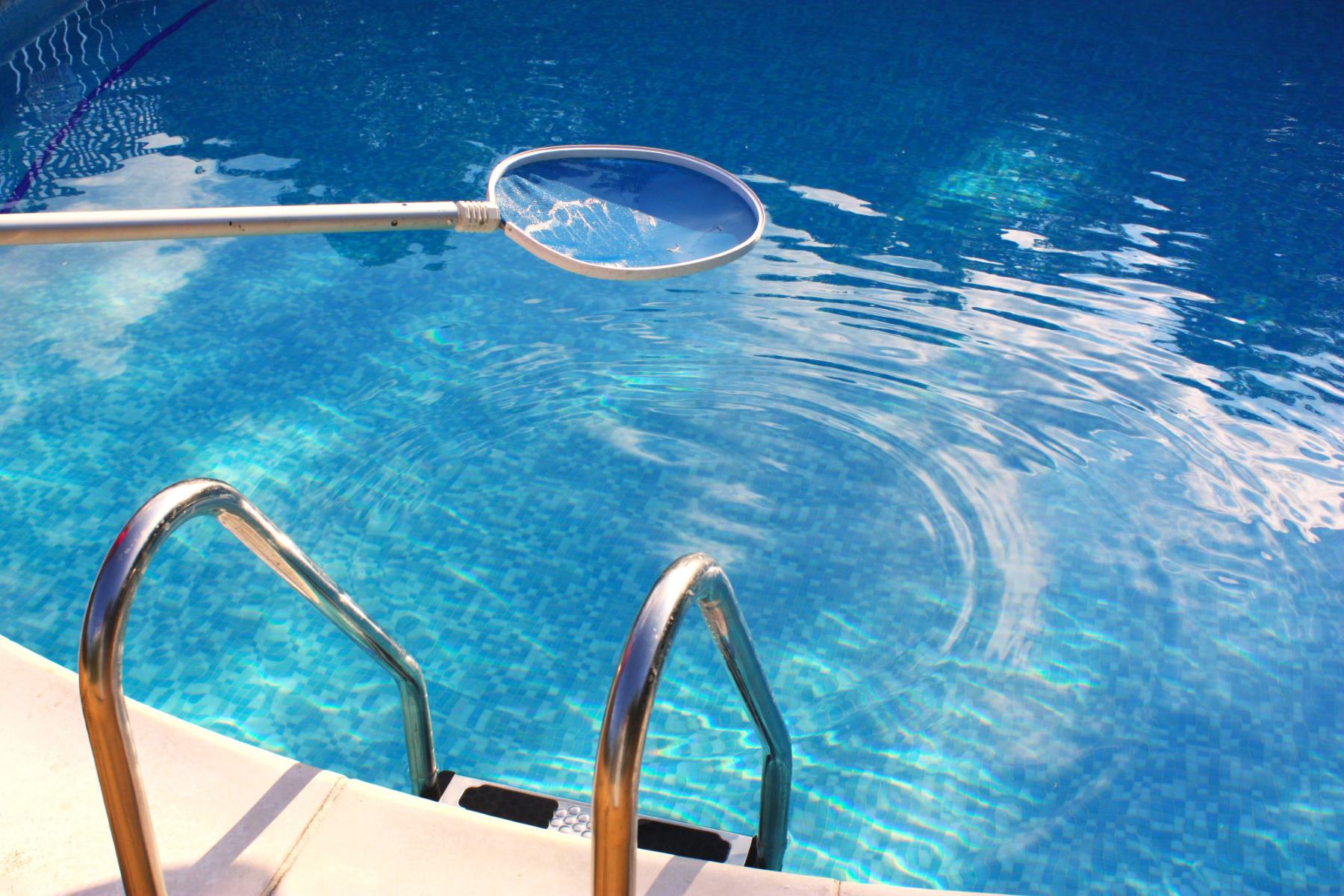

Outdoor Recreation & Activities
How To Clean A Swimming Pool Liner
Modified: February 26, 2024
Learn how to properly clean and maintain your swimming pool liner for a sparkling outdoor recreation and activities experience. Follow our expert tips for a pristine pool all season long!
(Many of the links in this article redirect to a specific reviewed product. Your purchase of these products through affiliate links helps to generate commission for Storables.com, at no extra cost. Learn more)
Introduction
Maintaining a clean and inviting swimming pool is essential for ensuring a refreshing and enjoyable aquatic experience. A sparkling pool not only enhances the aesthetic appeal of your outdoor space but also promotes a healthy environment for swimmers. One of the key elements in preserving the cleanliness of a swimming pool is the regular cleaning and maintenance of the pool liner. Over time, pool liners can accumulate dirt, algae, and other debris, which can detract from the pool's visual appeal and compromise its hygiene. Therefore, learning how to effectively clean a swimming pool liner is a valuable skill for any pool owner or maintenance professional.
Cleaning a swimming pool liner involves a series of systematic steps designed to eliminate impurities and restore the liner to its pristine condition. By following a structured cleaning regimen, you can ensure that your pool remains a safe and inviting oasis for relaxation and recreation. From removing debris and scrubbing the liner to balancing the water chemistry and conducting a final inspection, each step plays a crucial role in the overall cleanliness and maintenance of the pool liner.
In the following sections, we will delve into the detailed process of cleaning a swimming pool liner, providing comprehensive guidance on each step to help you achieve optimal results. Whether you are a seasoned pool maintenance expert or a novice pool owner, mastering the art of pool liner cleaning will empower you to uphold the beauty and hygiene of your pool, thereby enhancing the overall enjoyment of your aquatic haven. Let's embark on this journey to discover the best practices for cleaning a swimming pool liner and ensuring a pristine and inviting pool environment for all to relish.
Key Takeaways:
- Regularly cleaning a swimming pool liner by removing debris, scrubbing, vacuuming, and balancing water chemistry ensures a safe, inviting, and visually appealing environment for enjoyable aquatic experiences.
- Diligently following a structured cleaning regimen for a swimming pool liner helps prevent algae growth, maintains water clarity, and promotes a pristine and refreshing pool environment for relaxation and recreation.
Read more: How To Put In A Swimming Pool Liner
Step 1: Remove Debris
The first and foremost step in cleaning a swimming pool liner is to eliminate any debris that has accumulated on the surface and at the bottom of the pool. Debris such as leaves, twigs, insects, and other foreign matter not only detract from the pool's aesthetic appeal but can also contribute to the growth of algae and bacteria if left unattended. Therefore, it is imperative to diligently remove all visible debris to lay the foundation for a thorough cleaning process.
To begin, utilize a skimmer net to skim the surface of the water, capturing and removing any floating debris. This initial skimming helps prevent the debris from sinking to the bottom of the pool, making it easier to manage. Next, focus on the pool's bottom by using a pool brush or vacuum to dislodge and collect any debris that has settled there. Pay close attention to corners, steps, and other crevices where debris tends to accumulate.
In cases where the pool has a significant buildup of debris, employing a pool leaf rake can expedite the removal process. This specialized tool is designed to efficiently gather and remove larger quantities of leaves and debris from the water's surface and the pool floor. By diligently removing all visible debris, you pave the way for a more effective and thorough cleaning of the pool liner in the subsequent steps.
It is important to note that regular removal of debris not only contributes to the cleanliness of the pool but also minimizes the strain on the pool's filtration system. By reducing the amount of debris that enters the filtration system, you can enhance its efficiency and prolong its lifespan, ultimately leading to cost savings and reduced maintenance efforts.
By diligently executing the first step of removing debris, you set the stage for a more effective and comprehensive cleaning process, laying the groundwork for a pristine and inviting swimming pool environment.
Step 2: Scrubbing the Liner
Once the initial debris removal is completed, the next crucial step in cleaning a swimming pool liner is to thoroughly scrub the liner surface. Over time, pool liners can accumulate dirt, grime, and algae, which can adhere to the liner and compromise its cleanliness. By diligently scrubbing the liner, you can dislodge and eliminate these impurities, restoring the liner to its pristine condition and ensuring a hygienic swimming environment.
To commence the scrubbing process, it is essential to equip yourself with a pool brush specifically designed for the type of pool liner you have. For vinyl pool liners, it is advisable to use a soft-bristled brush to prevent any damage to the delicate material, whereas for concrete or plaster pool liners, a more robust brush with stiff bristles may be employed to effectively dislodge stubborn stains and algae.
Starting from one end of the pool, systematically brush the entire surface of the liner, paying particular attention to areas with visible stains, algae growth, or discoloration. Utilize firm and consistent strokes to ensure thorough coverage and effective removal of impurities. Additionally, focus on brushing the pool walls, steps, and corners, as these areas are prone to accumulating dirt and algae.
In cases where stubborn stains or algae growth are present, consider using a specialized pool liner cleaner or an appropriate cleaning solution recommended for your specific pool liner material. Apply the cleaner directly to the affected areas and allow it to dwell for the recommended duration to facilitate the breakdown of stains and algae. Subsequently, resume brushing the treated areas to dislodge and eliminate the impurities effectively.
It is important to maintain a systematic and methodical approach during the scrubbing process, ensuring that every inch of the pool liner is thoroughly attended to. By diligently scrubbing the liner, you not only eliminate visible impurities but also prevent the accumulation of algae and bacteria, thereby upholding the hygiene and visual appeal of the pool.
By meticulously executing the second step of scrubbing the pool liner, you pave the way for a cleaner and more inviting swimming pool, setting the stage for the subsequent steps in the comprehensive pool maintenance regimen.
Step 3: Vacuuming the Pool
After removing debris and scrubbing the pool liner, the next vital step in the comprehensive cleaning process is vacuuming the pool. Vacuuming plays a pivotal role in eliminating fine particles, sediment, and debris that may have settled on the pool floor and in hard-to-reach areas, ensuring a thorough and meticulous cleaning of the entire pool environment.
To commence the vacuuming process, it is essential to select the appropriate type of pool vacuum based on the design and size of your pool. There are various types of pool vacuums available, including manual, automatic, and robotic vacuums, each offering distinct advantages in terms of efficiency and convenience. Manual vacuums are operated by connecting them to the pool's filtration system, allowing you to manually maneuver the vacuum head across the pool floor to collect debris. Automatic and robotic vacuums, on the other hand, offer automated cleaning capabilities, navigating the pool independently to remove debris and sediment.
When using a manual pool vacuum, begin by connecting the vacuum head to the telescopic pole and attaching the vacuum hose to the designated inlet or skimmer. Subsequently, slowly lower the vacuum head into the pool, ensuring that any air within the vacuum hose is expelled to facilitate proper suction. Once the vacuum is operational, systematically maneuver the vacuum head across the pool floor, overlapping each path to ensure comprehensive coverage and effective debris collection.
For automatic or robotic pool vacuums, carefully follow the manufacturer's instructions to set up and activate the device, allowing it to autonomously navigate the pool and remove debris. These advanced vacuums are equipped with intelligent navigation systems and powerful suction capabilities, enabling them to efficiently clean the pool floor, walls, and steps without manual intervention.
During the vacuuming process, pay close attention to areas with irregular surfaces, such as crevices, corners, and steps, as these areas are prone to accumulating debris and sediment. Additionally, ensure that the vacuum effectively captures fine particles and sediment, preventing them from circulating back into the pool water.
By diligently vacuuming the pool, you not only eliminate debris and sediment but also contribute to the overall clarity and cleanliness of the pool water. This meticulous cleaning process plays a crucial role in maintaining a pristine and inviting swimming pool environment, ensuring a refreshing and enjoyable experience for all swimmers.
In summary, vacuuming the pool is an essential step in the comprehensive cleaning regimen, contributing to the overall hygiene and visual appeal of the pool. By diligently executing this step, you pave the way for a cleaner and more inviting swimming pool, setting the stage for the subsequent steps in the pool maintenance process.
Step 4: Balancing the Water Chemistry
Achieving and maintaining proper water chemistry is paramount in preserving the integrity of a swimming pool and ensuring a safe and comfortable swimming environment. Balancing the water chemistry involves regulating key parameters such as pH levels, alkalinity, and sanitizer concentration to prevent issues such as algae growth, bacterial proliferation, and equipment corrosion. By meticulously managing these factors, pool owners can safeguard the longevity of their pool infrastructure and promote a healthy aquatic experience for swimmers.
Read more: How To Find A Leak In A Swimming Pool Liner
Testing the Water
The first step in balancing the water chemistry is to conduct a comprehensive water test using a reliable pool water testing kit. This test allows you to assess crucial parameters such as pH, alkalinity, chlorine or other sanitizer levels, and calcium hardness. By obtaining accurate measurements of these parameters, you gain valuable insights into the current state of the pool water, enabling you to make informed adjustments to achieve optimal balance.
Adjusting pH and Alkalinity
Maintaining the pH level within the recommended range of 7.2 to 7.8 is essential for preserving water clarity and preventing skin and eye irritation in swimmers. If the pH deviates from this range, adjustments must be made using pH increasers or decreasers to restore the balance. Similarly, alkalinity acts as a buffer for pH, and maintaining it within the range of 80 to 120 parts per million (ppm) helps stabilize the pH level. Utilizing alkalinity increasers or decreasers facilitates the necessary adjustments to achieve the desired alkalinity levels.
Sanitizer Management
Effective sanitation is critical in eliminating harmful bacteria and contaminants from the pool water. Chlorine, bromine, or other sanitizers play a pivotal role in disinfecting the water and maintaining a safe swimming environment. Regularly testing and adjusting the sanitizer levels to fall within the recommended range ensures that the water remains free from harmful microorganisms while minimizing the risk of skin and eye irritation.
Calcium Hardness Adjustment
Calcium hardness refers to the concentration of dissolved calcium in the pool water and is vital for preventing corrosion of the pool surfaces and equipment. Maintaining the calcium hardness within the ideal range of 200 to 400 ppm helps preserve the structural integrity of the pool and its components. In cases where the calcium hardness deviates from this range, adjustments can be made using calcium hardness increasers or dilution with fresh water.
Read more: How To Fix A Hole In A Swimming Pool Liner
Regular Monitoring and Maintenance
Balancing the water chemistry is an ongoing process that requires regular monitoring and adjustments to ensure consistent water quality. By establishing a routine schedule for testing and maintenance, pool owners can proactively address any imbalances and maintain a safe and inviting swimming environment for all to enjoy.
In summary, balancing the water chemistry is a fundamental aspect of pool maintenance, contributing to the overall health, longevity, and enjoyment of the swimming pool. By diligently managing key parameters such as pH, alkalinity, sanitizer levels, and calcium hardness, pool owners can uphold a pristine and safe aquatic environment, fostering a delightful swimming experience for all.
Step 5: Final Rinse and Inspection
After completing the meticulous process of removing debris, scrubbing the pool liner, vacuuming the pool, and balancing the water chemistry, the final step in the comprehensive cleaning regimen involves conducting a thorough rinse of the pool and performing a detailed inspection to ensure that the cleaning process has been executed effectively.
Rinsing the Pool
Commencing with the final rinse, it is essential to utilize a garden hose or pool water source to thoroughly rinse the pool liner and surrounding areas. The rinse serves to remove any residual cleaning agents, debris, or sediment that may have been dislodged during the cleaning process. By systematically rinsing the pool, you ensure that the water is free from any lingering impurities, contributing to the overall clarity and cleanliness of the pool environment.
During the rinsing process, pay particular attention to the pool walls, steps, and corners, ensuring that all surfaces are thoroughly flushed to eliminate any remaining debris or cleaning residues. Additionally, consider directing the flow of water towards the pool's drainage system to facilitate the removal of rinsed impurities, preventing them from settling back into the pool water.
Inspection of the Pool Liner
Following the final rinse, it is imperative to conduct a meticulous inspection of the pool liner to assess its overall condition and cleanliness. Carefully examine the liner surface for any lingering stains, algae growth, or areas that may require additional attention. By scrutinizing the pool liner, you can identify any residual impurities or potential maintenance needs, allowing you to address them promptly and uphold the pristine condition of the pool.
During the inspection, focus on areas that are prone to accumulating dirt and algae, such as the pool walls, floor, and waterline. Additionally, assess the overall clarity and transparency of the water to ensure that it reflects the desired pristine appearance. If any areas require further cleaning or treatment, consider employing targeted cleaning methods or specialized pool cleaning products to address specific concerns effectively.
By diligently conducting a final rinse and inspection, you complete the comprehensive cleaning process, ensuring that the pool liner is free from impurities and maintaining a hygienic and inviting swimming environment for all to enjoy.
In summary, the final rinse and inspection represent the culmination of the pool cleaning regimen, signifying the meticulous attention to detail and dedication to upholding the cleanliness and visual appeal of the swimming pool. By executing this final step with precision and care, you contribute to the overall maintenance and enjoyment of the pool, fostering a delightful aquatic experience for swimmers and enhancing the allure of the outdoor space.
Read more: How To Clean A Swimming Pool Filter
Conclusion
In conclusion, mastering the art of cleaning a swimming pool liner is a valuable skill that empowers pool owners and maintenance professionals to uphold the cleanliness, hygiene, and visual appeal of their aquatic oasis. By diligently following the systematic steps outlined in this comprehensive guide, individuals can ensure that their swimming pool remains a safe, inviting, and refreshing environment for all to relish.
The process of cleaning a swimming pool liner encompasses a series of meticulous steps, each playing a crucial role in eliminating impurities, preserving water clarity, and maintaining a pristine pool environment. From the initial removal of debris to the thorough scrubbing of the liner, meticulous vacuuming, precise water chemistry balancing, and the final rinse and inspection, every step contributes to the overall cleanliness and hygiene of the pool.
By diligently executing each step with care and attention to detail, pool owners can mitigate the accumulation of debris, prevent algae growth, and safeguard the structural integrity of the pool liner. Furthermore, by balancing the water chemistry, individuals can create a safe and comfortable swimming environment, free from harmful contaminants and conducive to a delightful aquatic experience.
Ultimately, the culmination of the comprehensive cleaning process results in a sparkling and inviting swimming pool, where swimmers can indulge in relaxation, recreation, and rejuvenation. The visual allure of the pool is enhanced, and the pristine water beckons individuals to immerse themselves in a refreshing and revitalizing aquatic escape.
By embracing the best practices for cleaning a swimming pool liner, individuals demonstrate a commitment to the maintenance and enjoyment of their outdoor space. The meticulous care and attention invested in the cleaning process not only contribute to the longevity of the pool infrastructure but also create an inviting and aesthetically pleasing environment for family, friends, and guests to savor.
In essence, the journey of cleaning a swimming pool liner transcends the physical act of maintenance; it embodies a dedication to creating a captivating and hygienic aquatic haven, where the allure of the water beckons and the ambiance exudes tranquility and delight. Through the conscientious application of the cleaning regimen, individuals can revel in the joy of a pristine and inviting swimming pool, fostering cherished moments and cherished memories in their outdoor sanctuary.
Frequently Asked Questions about How To Clean A Swimming Pool Liner
Was this page helpful?
At Storables.com, we guarantee accurate and reliable information. Our content, validated by Expert Board Contributors, is crafted following stringent Editorial Policies. We're committed to providing you with well-researched, expert-backed insights for all your informational needs.
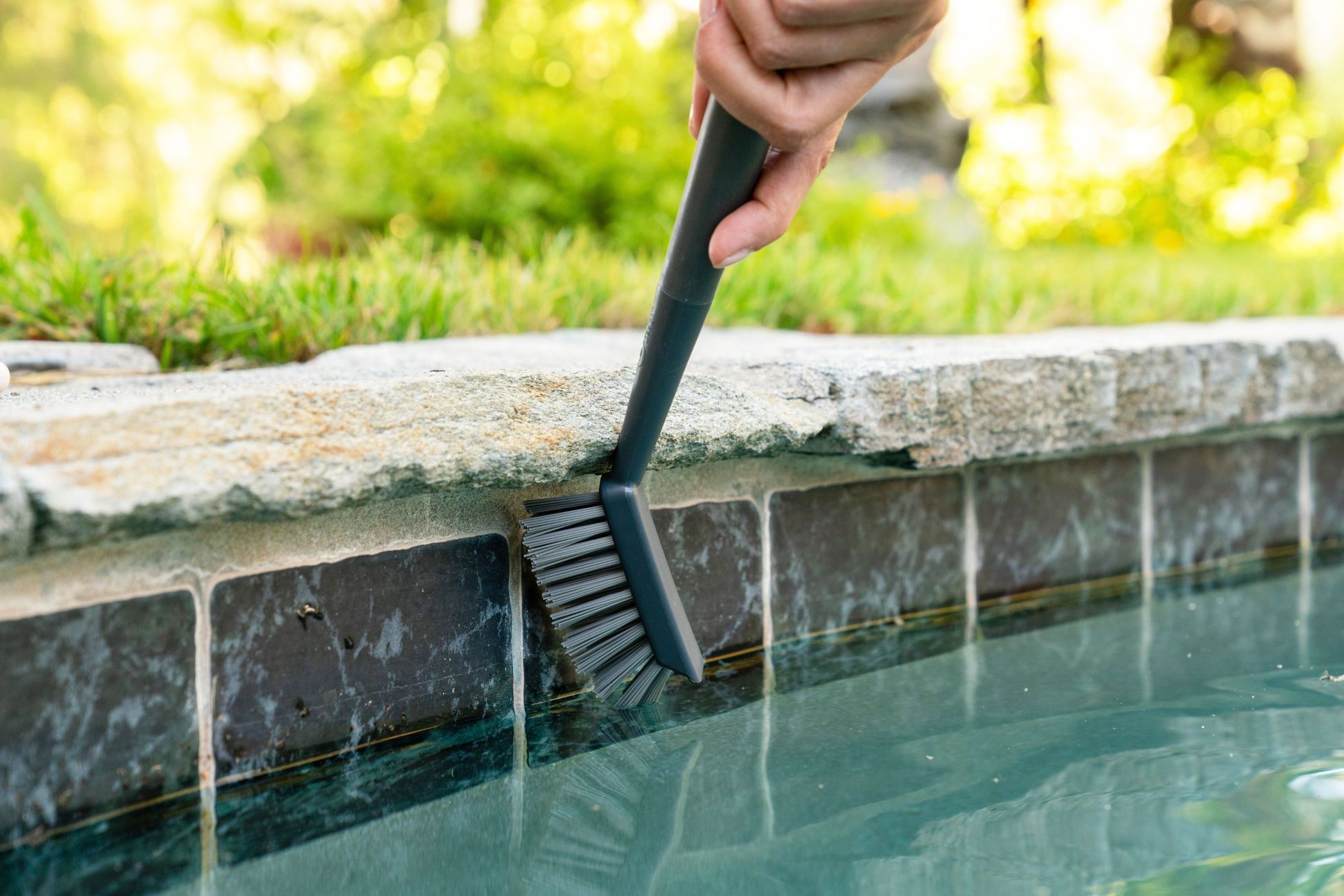
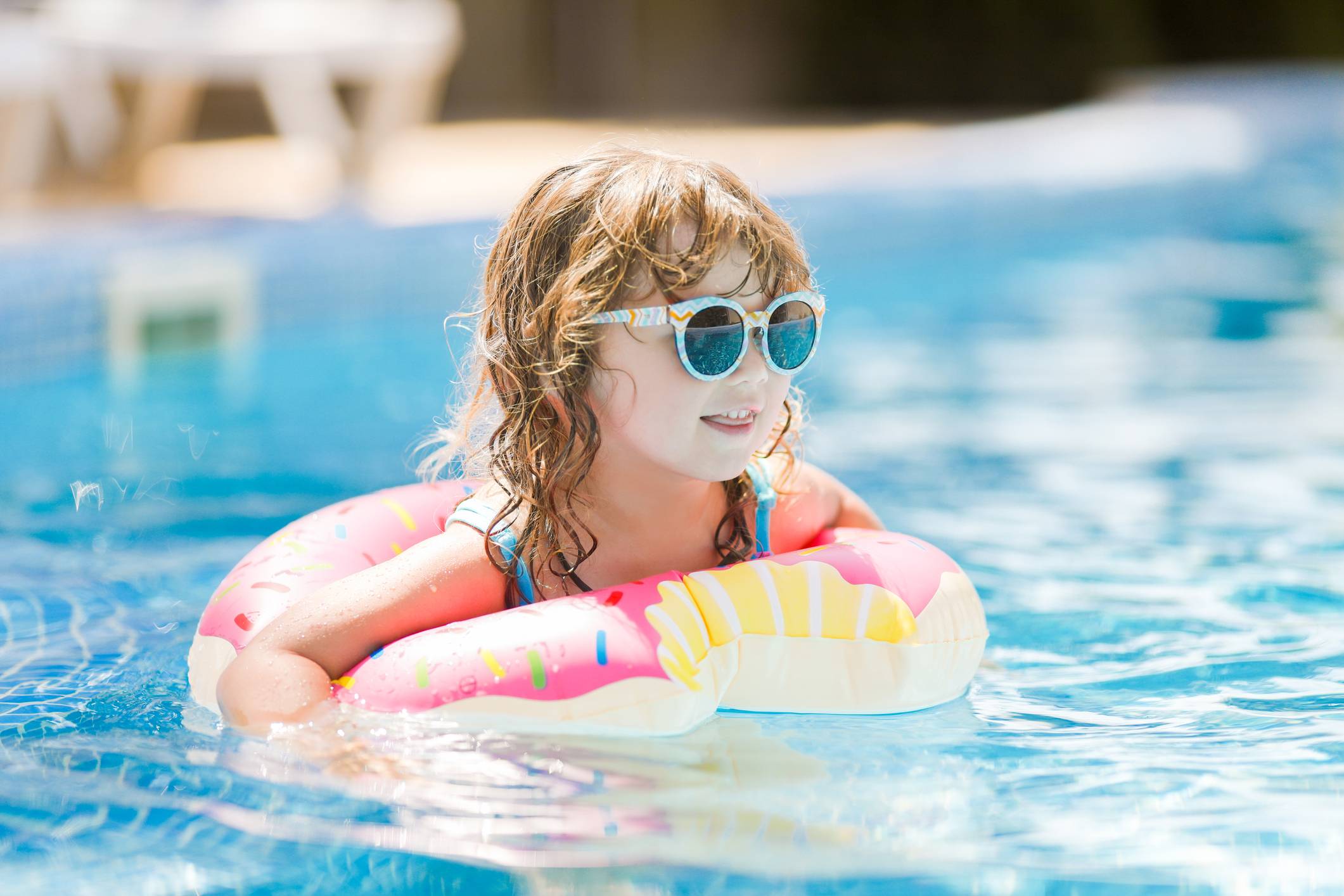
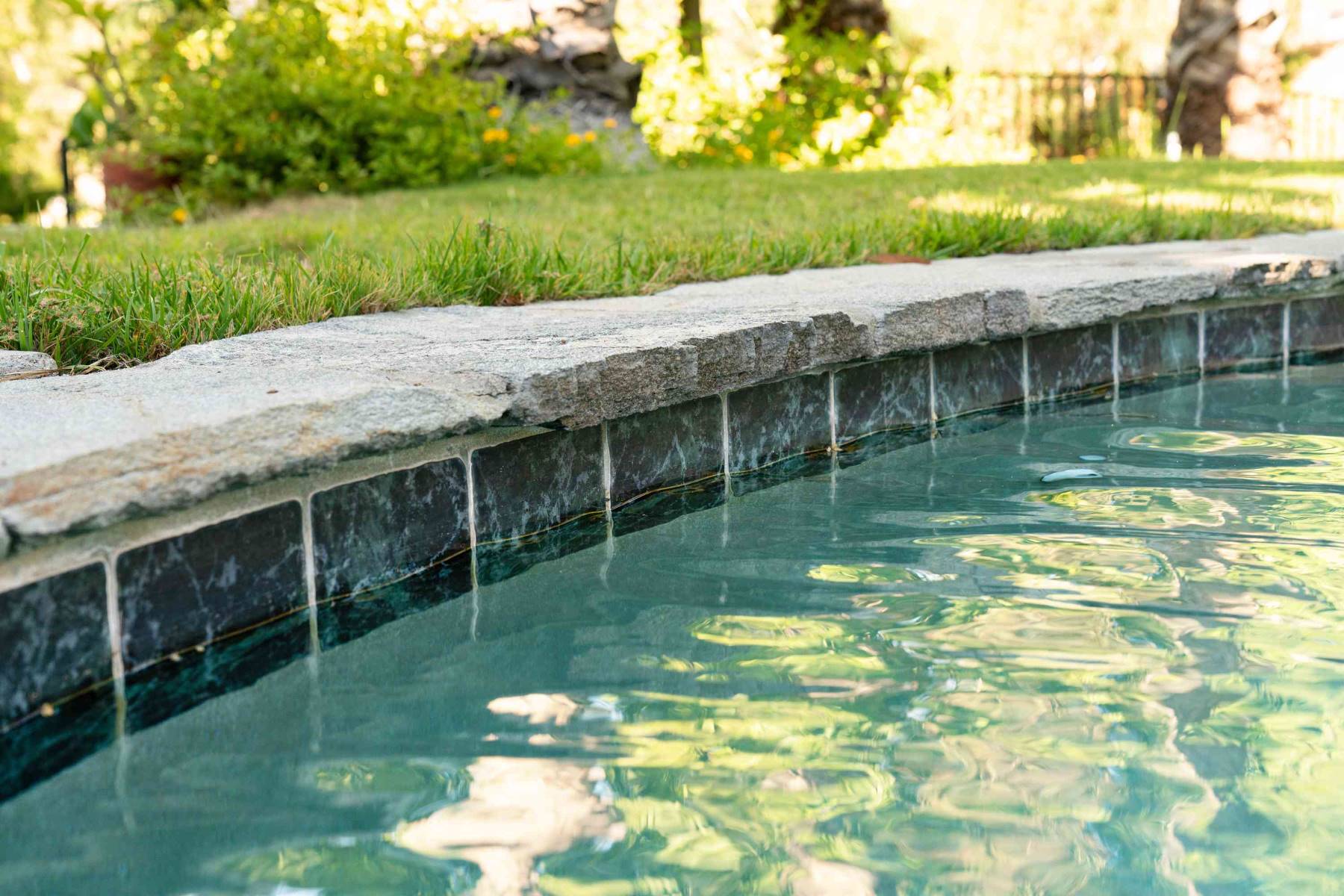
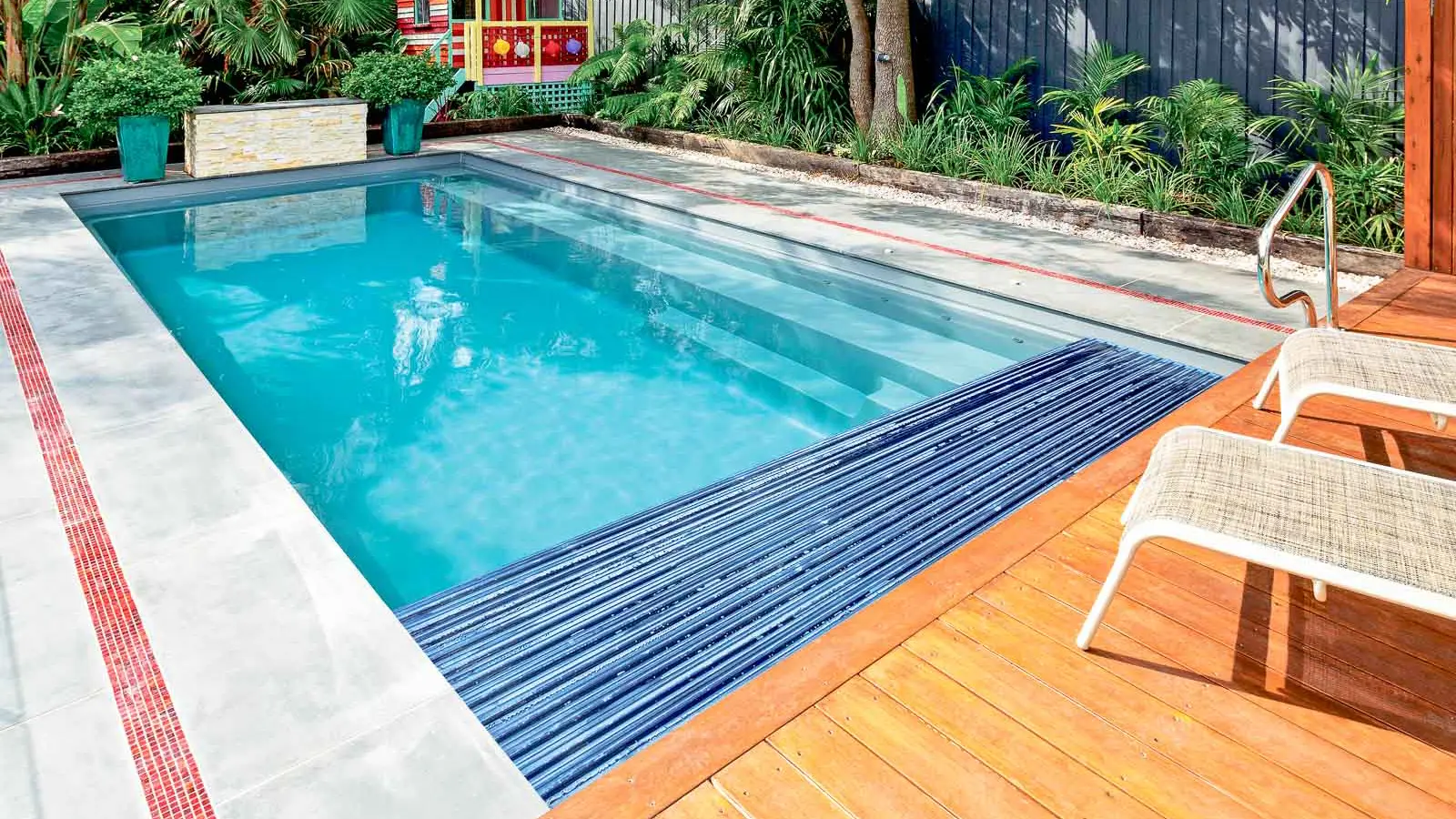
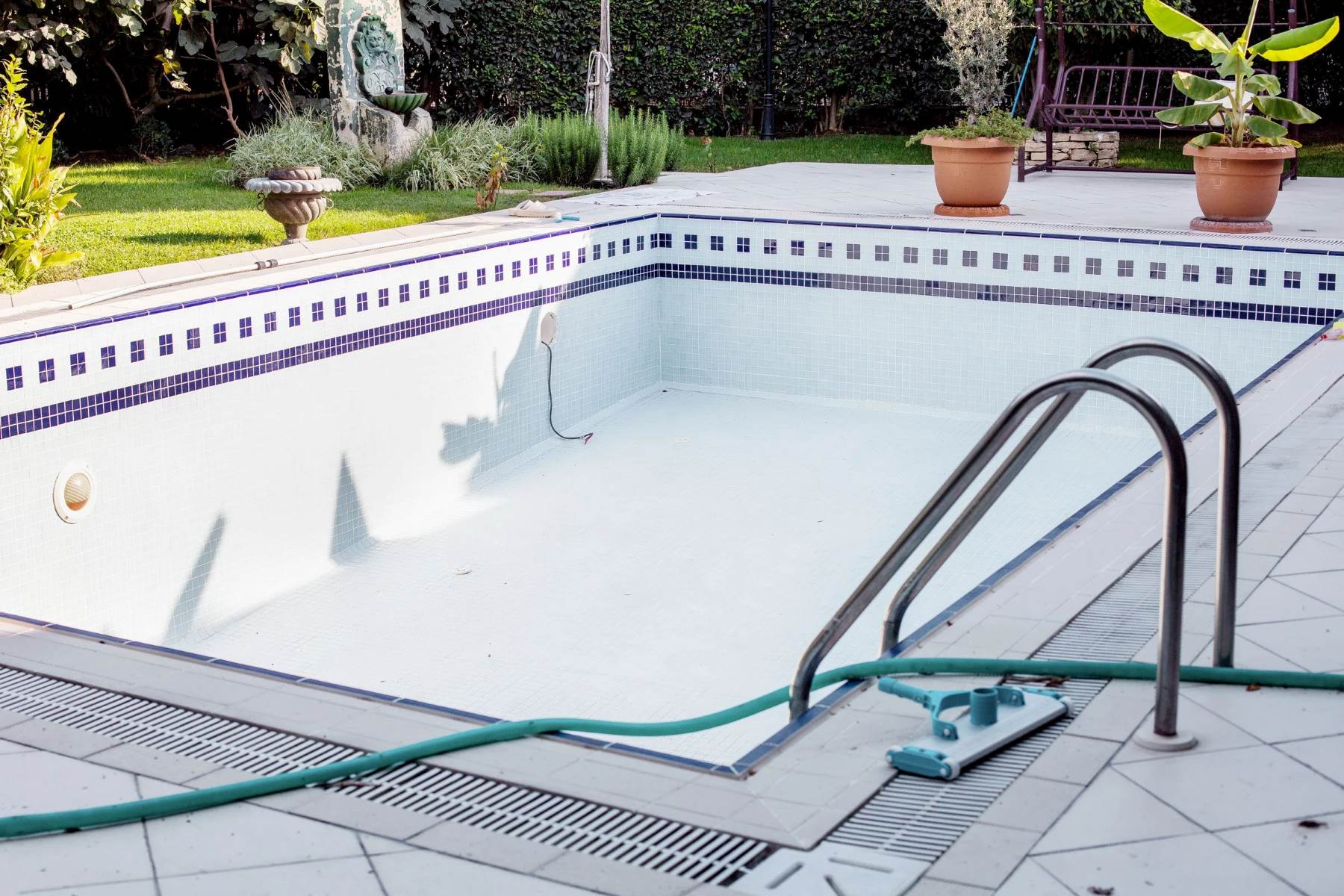
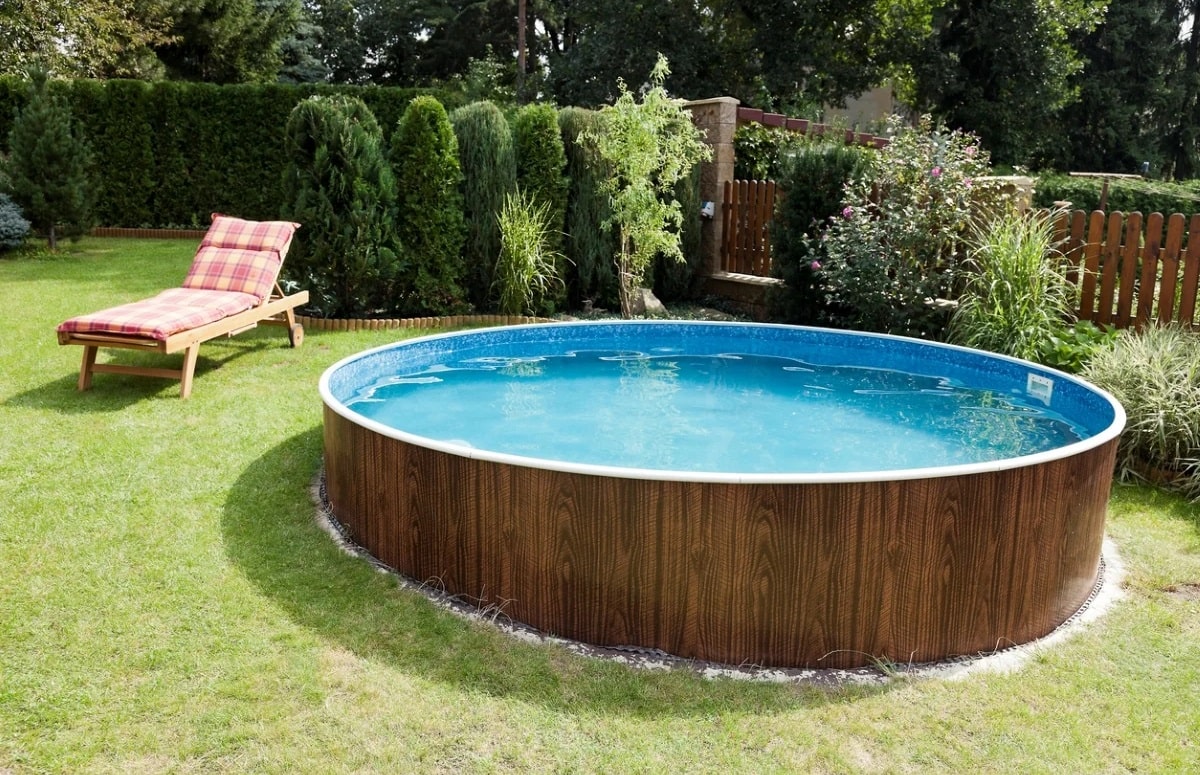
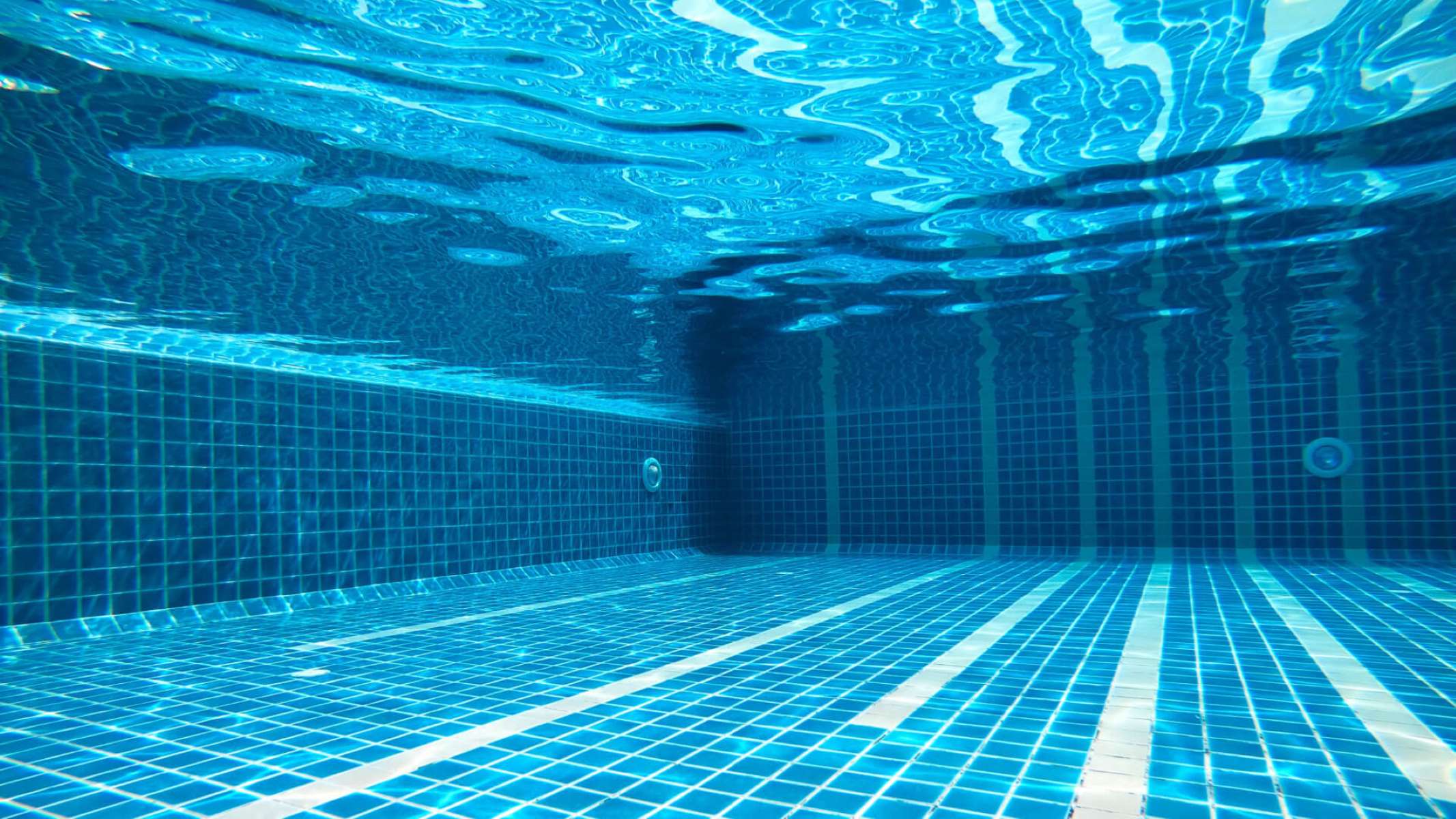

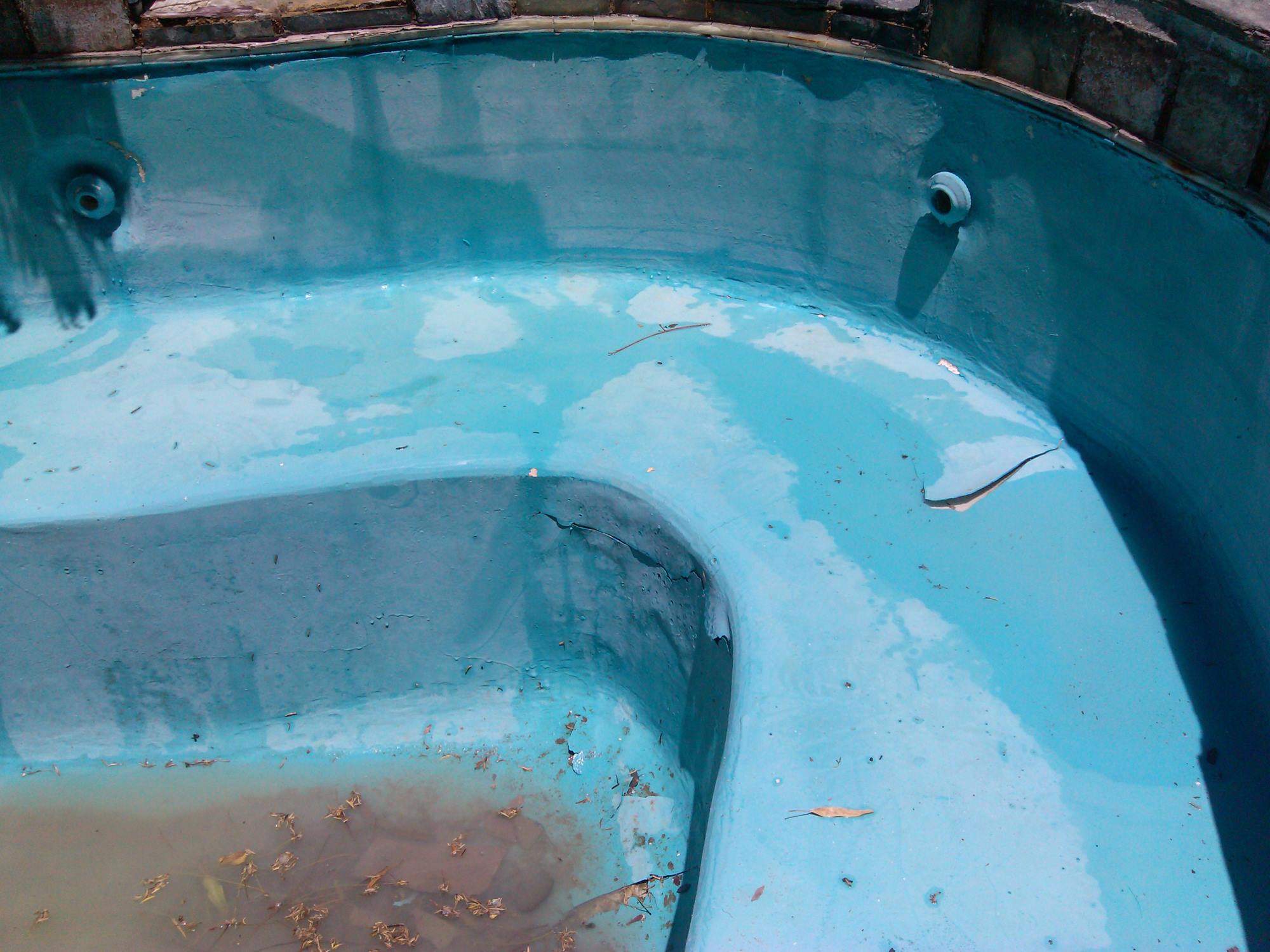
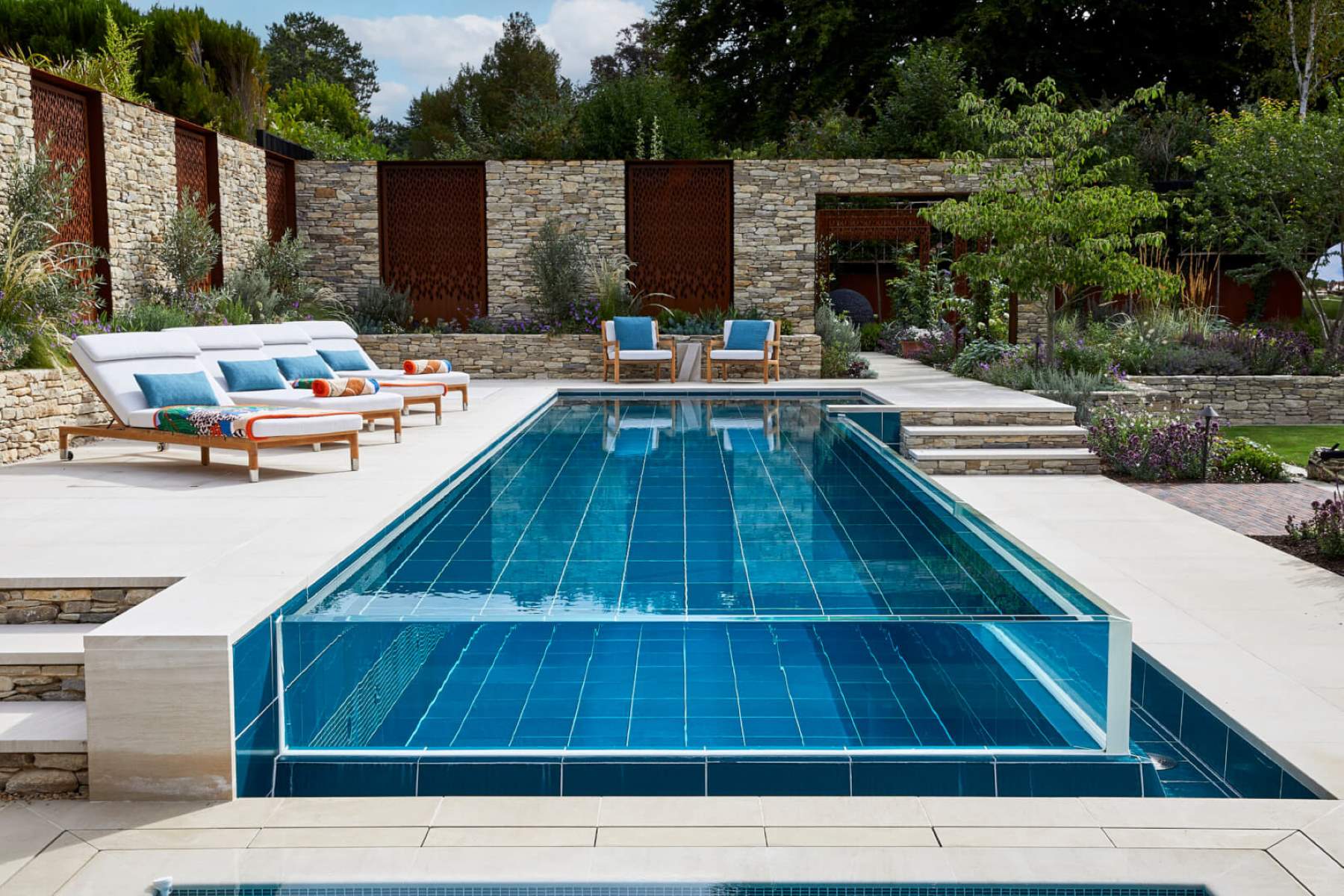
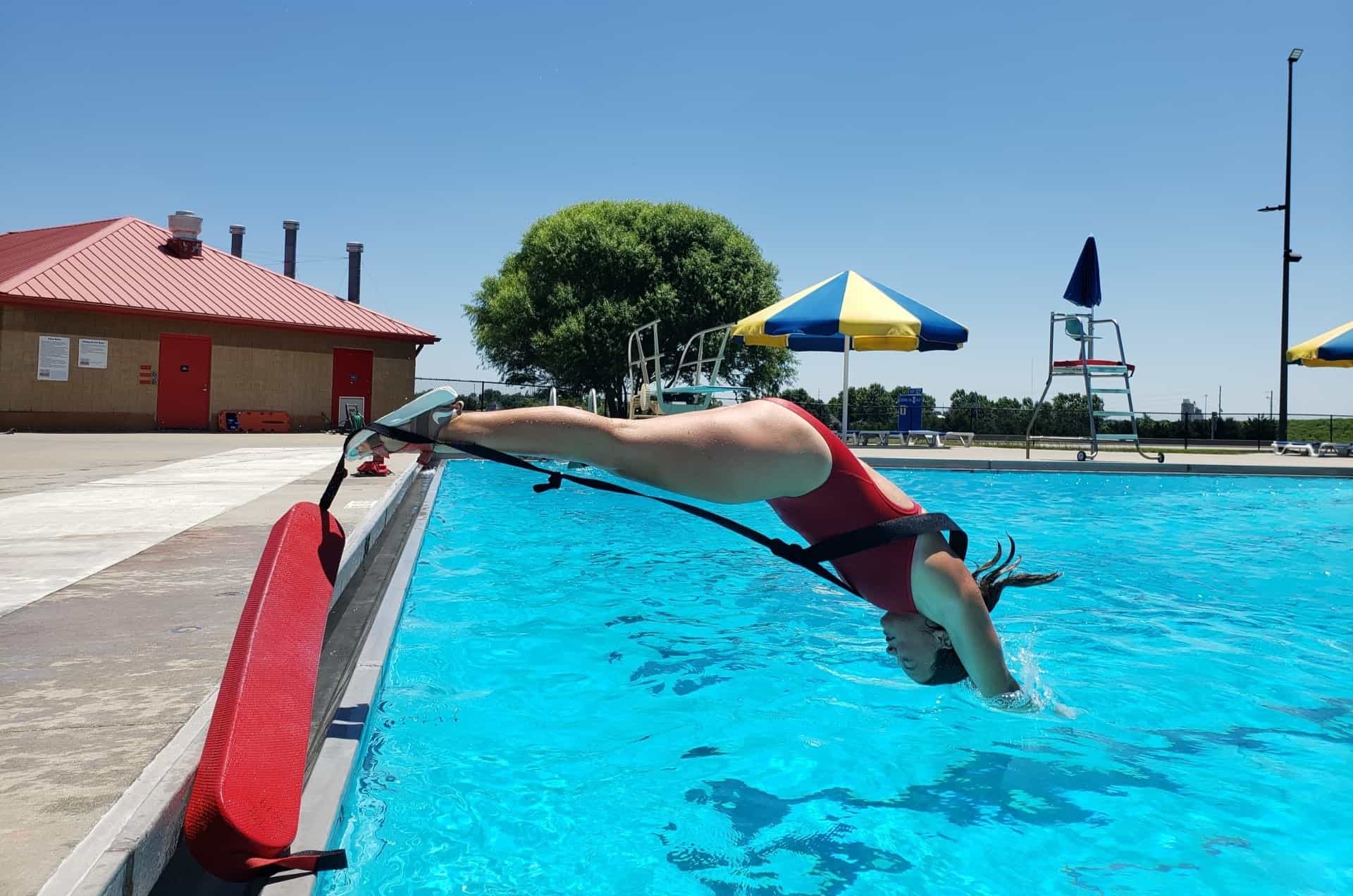
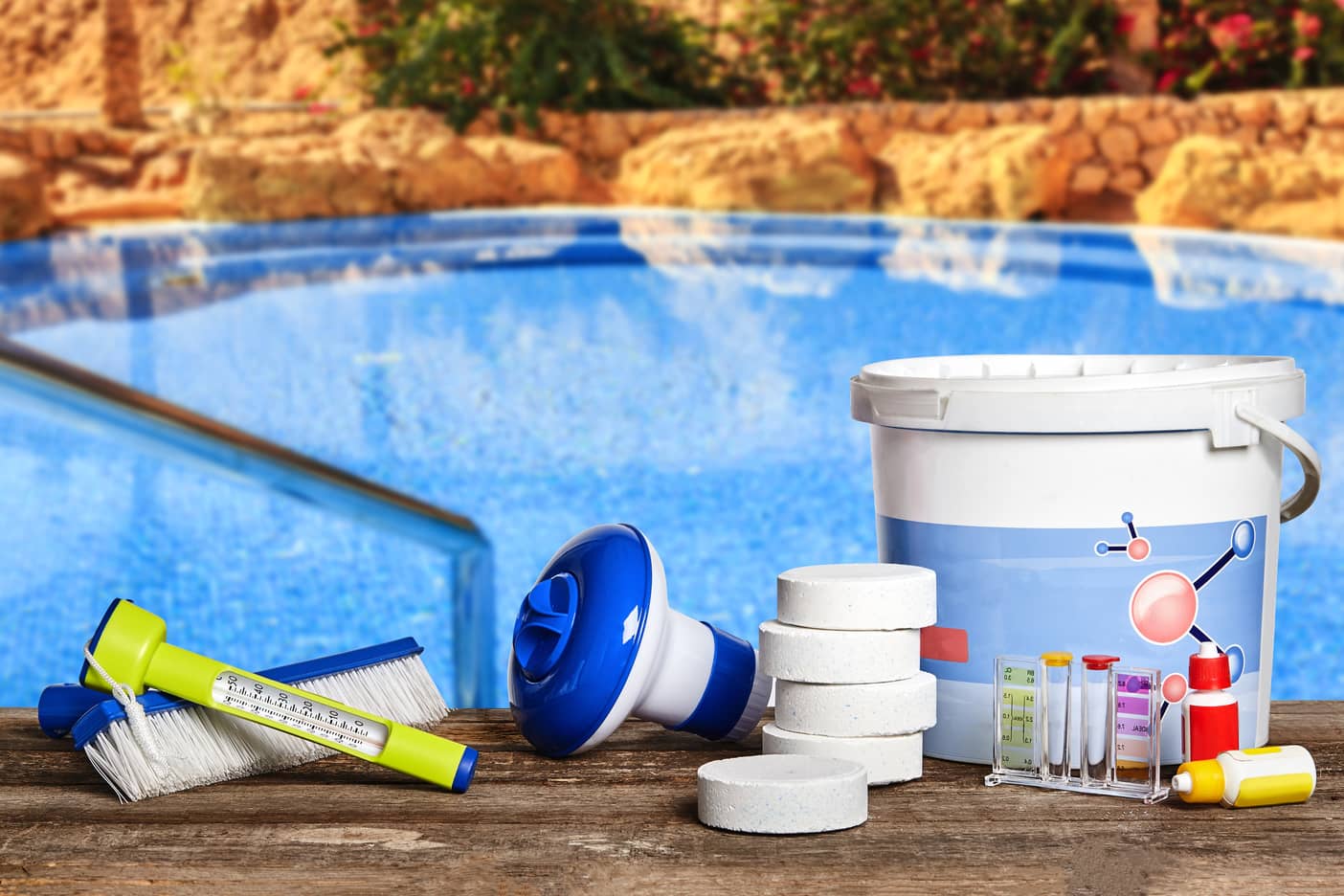

0 thoughts on “How To Clean A Swimming Pool Liner”